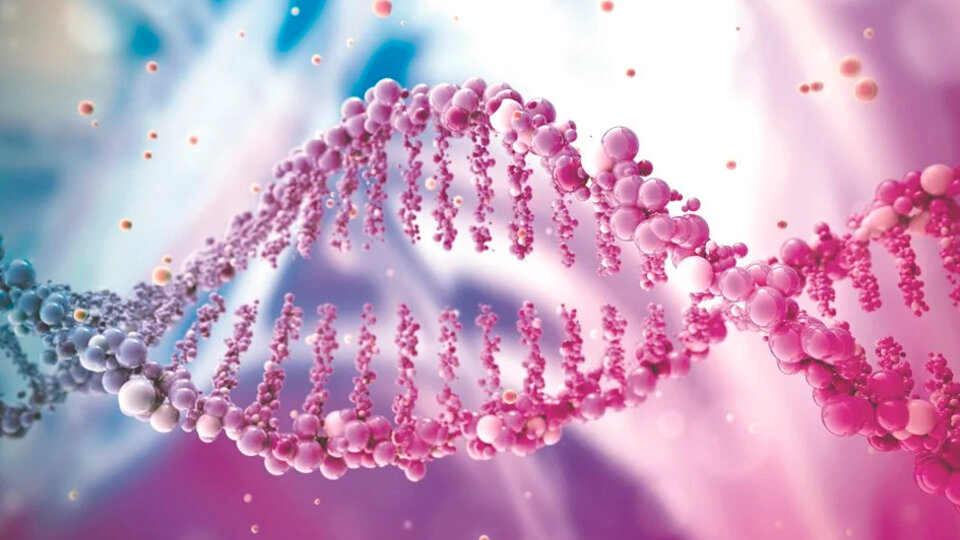
[ad_1]
An international team of scientists, led by biologist Karen Miga, University of California Santa Cruz, and Adam Phillippy, National Human Genome Research Institute, claims to have sequenced the entire human genomeO. In the draft published on May 27, the lost parts were included in the first historic sequencing of the human genome 20 years ago, the version of which had unfinished regions.
Antecedents
In 2001, Celera Genomics and the International Human Genome Sequencing Consortium published their first drafts of the human genome, which revolutionized the field of genomics. While these drafts and subsequent updates covered “the euchromatic fraction of the genome and heterochromatin”, many other complex regions remained unfinished.
In 2003, after nearly $ 3 billion in funding and 13 years of painstaking research, scientists at the Human Genome Project (HGP) they claimed to have mapped the first sequence of the human genome.
Complete genome
By attacking the remaining 8% of the unread genome, the Telomere to Telomere Consortium (T2T) completed the first truly complete sequence of 3,055 billion base pairs (bp) of a human genome, which represents the biggest progress on the task since its creation, explain the researchers in the publication BioRxiv. With the new data, the human genome is believed to have 19,969 genes associated with protein production, 140 of which were discovered by the consortium.
The new T2T-CHM13 reference includes gap-free assemblies for the 22 autosomes plus the X chromosome, corrects many errors and introduces nearly 200 million bp of a new sequence containing 2,226 copies of paralogous genes, of which 115 are expected to encode proteins.
“The complete assembly of telomeres to telomeres of a human genome will usher in a new era of genomics in which no region of the genome will be out of reach“said Karen Miga.
New technologies
This achievement was made possible thanks to new DNA sequencing technologies developed by two private sector companies: Californienne Pacific Biosciences, also known as PacBio and the British Oxford Nanopore.
Their DNA reading technologies have very specific advantages over tools long considered fundamental for researchers. “These 8% of the genome have not been neglected because of their relevance, but because of technological limitations”wrote researchers Sergey Nurk, Arang Rhie and Mikko Rautianen.
“High-precision long-read sequencing has finally removed this technological barrier, enabling in-depth studies of genomic variation throughout the human genome. In any case, such studies necessarily require a complete and precise reference human genome, which will ultimately lead to the adoption of the T2T-CHM13 set presented here ”, they added.
In other words, current massive sequencing techniques are not able to read the very long human genome at once, but they can recognize fragments of a few hundred letters, which are then ordered thanks to a reference genome, which acts like the landscape photo in the puzzle box.
What is a genome?
The genome is the set of genes contained in chromosomes, which can be interpreted as the set of genetic material that a particular organism or species possesses. In the case of the human genome, this is the DNA sequence contained in 23 pairs of chromosomes in the nucleus of each diploid human cell.
The DNA sequence that makes up the human genome contains the coded information necessary for the expression of all human proteins. There are guidelines so that, for example, a neuron in the brain knows how to transmit a thought.
.
[ad_2]
Source link
 Naaju Breaking News, Live Updates, Latest Headlines, Viral News, Top Stories, Trending Topics, Videos
Naaju Breaking News, Live Updates, Latest Headlines, Viral News, Top Stories, Trending Topics, Videos